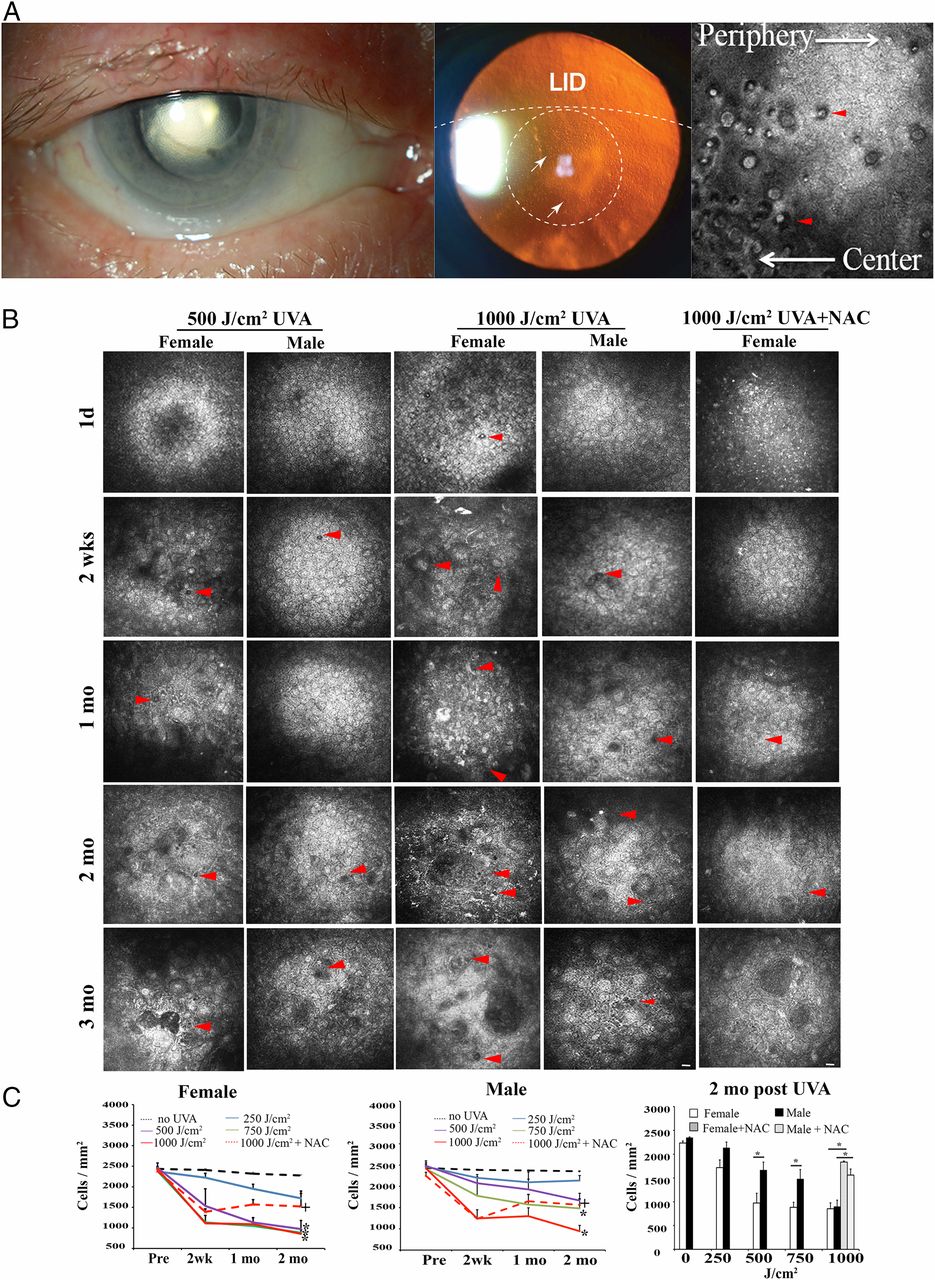

Tube shunts implanted through the ciliary sulcus may reduce corneal endothelial damage over time when compared with anterior chamber tube implantation, according to a study.
“In our paper, we did not record a statistically significant decline in corneal endothelial cell density 24 months following tube shunt implantation through the ciliary sulcus compared to the previously reported significant decline following anterior chamber tube shunt implantation,” Asher Weiner, MD, told Healio/OSN. “We thus conclude that implanting tube shunts through the ciliary sulcus to be placed
permanently behind the iris, although more surgically complex, is safer to our patients’ long-term vision compared with implanting tubes into the anterior chamber through the anterior chamber angle.”
Weiner and colleagues retrospectively reviewed the medical records of patients in a private glaucoma practice to identify those who underwent unilateral tube shunt implantation through the ciliary sulcus from 2014 through 2016. All surgeries were performed by a single surgeon.
Forty-six patients with a mean age of 69.9 years underwent tube shunt implantation through the ciliary sulcus in one eye, with a final tube position between the iris and a posterior chamber IOL.
“The procedure I’ve been using of ‘tubes implanted through the ciliary sulcus’ is only different from ‘anterior chamber tubes’ in how and where the tube is inserted into the eye during the surgery. The simpler method would be to insert the tube into the anterior chamber of the eye through the anterior chamber angle to rest anterior to the iris. But the proximity of the tube to the cornea, when placed anterior to the iris, leads to significant corneal endothelial cell loss over time through tube rubbing against the endothelium and other mechanisms. In contrast, in the method I use, I insert the tubes behind the iris through the ciliary sulcus to be placed permanently behind the iris. This way, the corneal endothelium is shielded from the tube by the iris. Even if a patient rubs the eye, it doesn’t push the corneal endothelium against the silicone tube,” Weiner said.
At 24 months after surgery, IOP and IOP-lowering medications decreased by a mean of 42.3% (P < .0001) and 32.1% (P < .0001), respectively.
Mean preoperative central corneal endothelial cell density was 1,807 cells/mm2 in the surgical eyes and 1,825 cells/mm2 in their glaucomatous fellow eyes, decreasing by 8.6% and 3.1%, respectively, at 24 months postoperatively. The rate of cell loss was not statistically significant and compared favorably to rates of cell loss previously reported as 10.2% to 37.2% after anterior chamber tube shunt implantation, according to the study.
Although implantation of a sulcus tube is more complex, it is safer for the patient’s cornea in the long term, Weiner said.
“I believe that surgeons should do what’s in the best long-term interest of their patients rather than choose the quick and easy way in the OR,” Weiner said.
No cases of corneal edema or failure and no significant visual acuity loss or sight-threatening posterior segment complications were reported.
Source link
more recommended stories
 Safer Allogeneic Stem Cell Transplants with Treg Therapy
Safer Allogeneic Stem Cell Transplants with Treg TherapyA new preclinical study from the.
 Autoimmune Disorders: ADA2 as a Therapeutic Target
Autoimmune Disorders: ADA2 as a Therapeutic TargetAdenosine deaminase 2 (ADA2) has emerged.
 Kaempferol: A Breakthrough in Allergy Management
Kaempferol: A Breakthrough in Allergy ManagementKaempferol, a dietary flavonoid found in.
 Early Milk Cereal Drinks May Spur Infant Weight Gain
Early Milk Cereal Drinks May Spur Infant Weight GainNew research published in Acta Paediatrica.
 TaVNS: A Breakthrough for Chronic Insomnia Treatment
TaVNS: A Breakthrough for Chronic Insomnia TreatmentA recent study conducted by the.
 First-of-Its-Kind Gene-Edited Pig Kidney: Towana’s New Life
First-of-Its-Kind Gene-Edited Pig Kidney: Towana’s New LifeSurgeons at NYU Langone Health have.
 Just-in-Time Training Improves Success & Patient Safety
Just-in-Time Training Improves Success & Patient SafetyA study published in The BMJ.
 ChatGPT Excels in Medical Summaries, Lacks Field-Specific Relevance
ChatGPT Excels in Medical Summaries, Lacks Field-Specific RelevanceIn a recent study published in.
 Study finds automated decision minimizes high-risk medicine combinations in ICU patients
Study finds automated decision minimizes high-risk medicine combinations in ICU patientsA multicenter study coordinated by Amsterdam.
 Study Discovers Connection Between Omicron Infection and Brain Structure Changes in Men
Study Discovers Connection Between Omicron Infection and Brain Structure Changes in MenA recent study in the JAMA.

Leave a Comment